The rise of e-commerce has revolutionized how consumers access pharmaceutical products, bringing both convenience and new challenges. As more patients turn to online pharmacies for their medication needs, verifying the authenticity of these products has become a critical health safety issue. The consequences of consuming counterfeit drugs range from ineffective treatment to life-threatening complications, making proper verification essential for anyone purchasing medicines online.
The growing market for online pharmacies has unfortunately created opportunities for illegitimate operators. While many reputable online pharmacies exist, counterfeiters have become increasingly sophisticated in mimicking authentic products. These fake medications may contain incorrect dosages, wrong active ingredients, or even toxic substances. Patients must therefore develop skills to distinguish genuine pharmaceutical products from potentially dangerous counterfeits.
Package examination serves as the first line of defense against counterfeit medications. Authentic pharmaceutical products feature specific packaging characteristics that are difficult for counterfeiters to perfectly replicate. Patients should carefully inspect the medication box for any signs of tampering, such as broken seals or mismatched lot numbers. Legitimate manufacturers use high-quality printing with crisp text and logos, while counterfeit packages often show blurry text or inconsistent colors.
Security features on pharmaceutical packaging have become increasingly advanced in recent years. Many manufacturers now incorporate holograms, special barcodes, or unique serial numbers that can be verified through official channels. These anti-counterfeiting measures represent significant investments by pharmaceutical companies and provide reliable methods for consumers to confirm a product's authenticity. Patients should familiarize themselves with the specific security features used by the manufacturer of their prescribed medications.
The physical characteristics of the medication itself offer another important verification point. Authentic tablets or capsules typically have consistent size, shape, color, and imprint markings. Patients who have previously taken the same medication can compare new purchases to their prior experience. Any noticeable differences in appearance, smell, or taste should raise immediate concerns about the product's authenticity. Crumbling tablets or capsules that appear underfilled may indicate counterfeit production.
Digital verification tools have become powerful allies in the fight against counterfeit medications. Many pharmaceutical companies and regulatory agencies now offer online portals or mobile applications where consumers can input unique product codes to verify authenticity. These systems often provide immediate confirmation and may include additional product information. Some advanced verification platforms even use blockchain technology to create tamper-proof records of a medication's journey through the supply chain.
Regulatory compliance represents a crucial factor in assessing an online pharmacy's legitimacy. Reputable online pharmacies will prominently display their licensing information and require valid prescriptions for controlled substances. Patients should verify that the pharmacy holds proper accreditation from recognized regulatory bodies in its operating jurisdiction. In the United States, for example, legitimate online pharmacies will display the VIPPS (Verified Internet Pharmacy Practice Sites) seal from the National Association of Boards of Pharmacy.
The website's domain name and security features also provide important clues about its legitimacy. Secure online pharmacies use HTTPS protocol and display padlock icons in the address bar, indicating encrypted connections for protecting sensitive patient information. Patients should be wary of websites offering prescription medications without requiring a doctor's prescription or making unrealistic claims about a drug's effectiveness. Exceptionally low prices compared to market averages often signal counterfeit products.
Professional verification remains the gold standard when doubts persist about a medication's authenticity. Pharmacists possess the training and tools to conduct thorough examinations of pharmaceutical products. Many community pharmacies offer verification services, and some manufacturers provide laboratory testing for suspected counterfeit medications. Patients who experience unexpected side effects or lack of therapeutic effect from online-purchased medications should consult healthcare professionals immediately.
The consequences of counterfeit medications extend beyond individual health risks. Fake pharmaceuticals undermine public health efforts by contributing to antibiotic resistance and treatment failures. They also damage the reputation of legitimate pharmaceutical companies and healthcare providers. As counterfeiters grow more sophisticated, collaborative efforts between governments, manufacturers, and technology companies continue to develop more robust verification solutions.
Patient education plays a pivotal role in combating the counterfeit medication trade. Healthcare providers should incorporate medication verification guidance into patient counseling, particularly for those considering online purchases. Many national health agencies and nonprofit organizations provide educational resources about safe online medication purchasing. Patients who learn to recognize red flags and use proper verification techniques become empowered to make safer choices in the digital marketplace.
Technological advancements promise to further strengthen medication verification in coming years. Emerging solutions include microscopic tagging of individual pills, smartphone-readable digital watermarks, and artificial intelligence systems that analyze product images for signs of counterfeiting. These innovations aim to make verification more accessible and reliable for consumers worldwide. However, until such technologies become universal, patients must remain vigilant and employ multiple verification methods when purchasing medications online.
The global nature of online pharmacies presents both opportunities and challenges for medication verification. While international purchases may offer cost savings, they also introduce additional risks due to varying regulatory standards across jurisdictions. Patients considering cross-border medication purchases should research both the exporting country's pharmaceutical regulations and their own country's importation policies. Some nations maintain lists of approved international online pharmacies that meet their safety standards.
Documentation and reporting suspected counterfeits contribute to broader patient safety efforts. Patients who encounter potentially fake medications should report them to appropriate regulatory authorities, such as the FDA in the United States or the EMA in Europe. These reports help agencies track counterfeit trends and take action against illegal operations. Keeping detailed records of online purchases, including website URLs, order confirmations, and product photos, assists investigators in following up on reports.
As the online pharmaceutical market continues to evolve, so too must consumer verification practices. What constitutes adequate verification today may become insufficient tomorrow as counterfeiters adapt their methods. Patients should stay informed about new verification technologies and emerging counterfeiting techniques. Periodic reviews of medication verification guidelines from trusted health authorities help maintain current knowledge in this rapidly changing landscape.
The convenience of online medication purchases shouldn't come at the expense of safety. By implementing thorough verification practices, patients can enjoy the benefits of e-commerce while minimizing risks. A combination of package inspection, digital verification, professional consultation, and ongoing education creates a robust defense against counterfeit medications. In healthcare, where the stakes involve nothing less than human lives, such diligence represents not just prudent practice but essential protection.

By /Jul 28, 2025

By /Jul 28, 2025
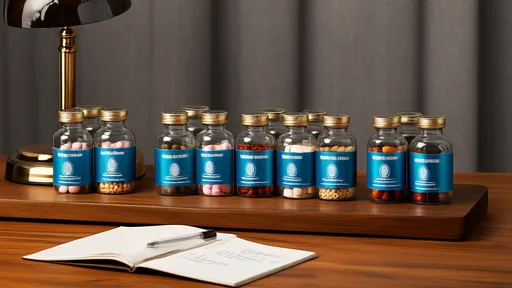
By /Jul 28, 2025

By /Jul 28, 2025

By /Jul 28, 2025
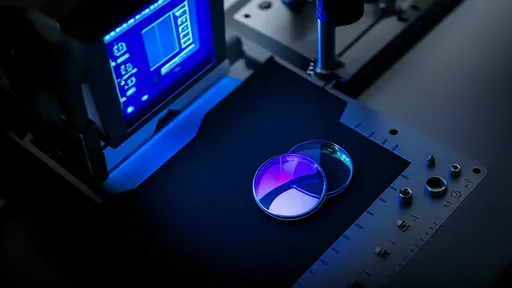
By /Jul 28, 2025
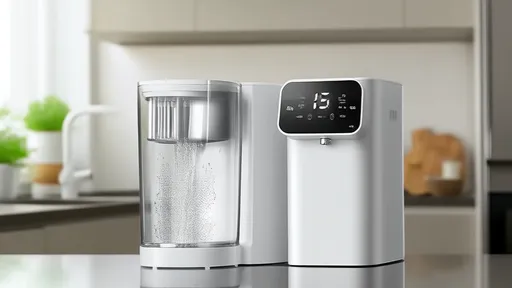
By /Jul 28, 2025
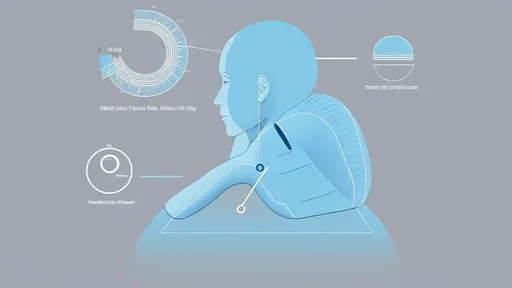
By /Jul 28, 2025

By /Jul 28, 2025
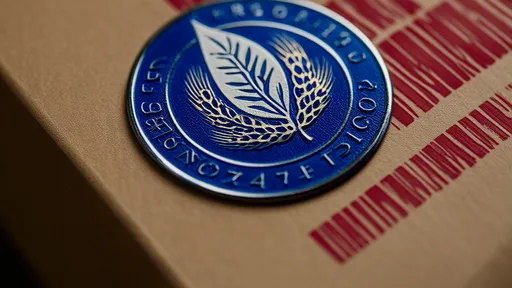
By /Jul 28, 2025
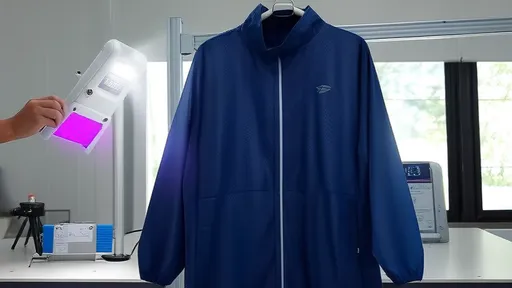
By /Jul 28, 2025
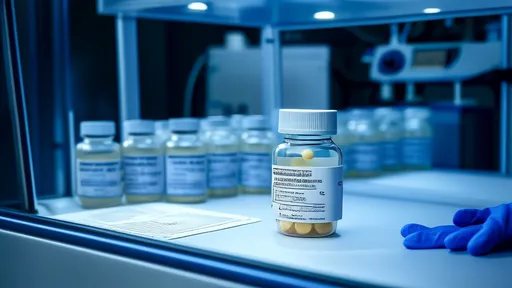
By /Jul 28, 2025
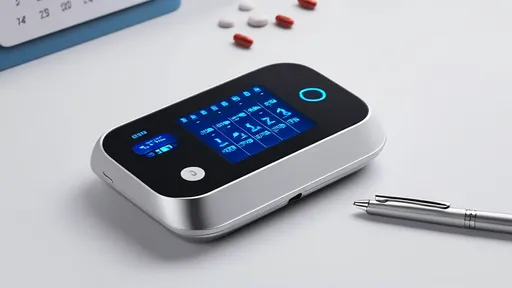
By /Jul 28, 2025
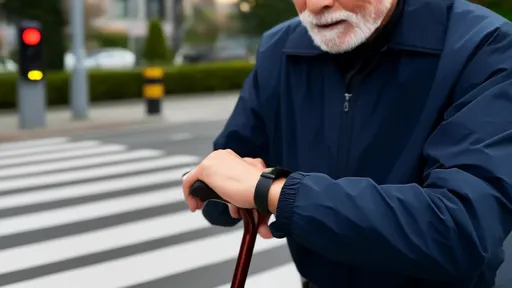
By /Jul 28, 2025
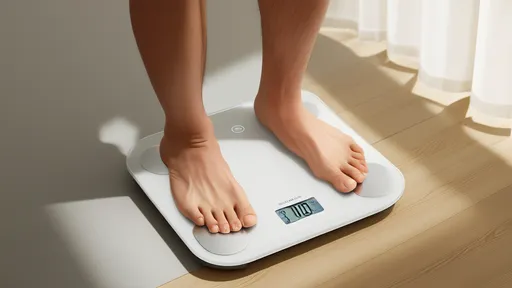
By /Jul 28, 2025

By /Jul 28, 2025
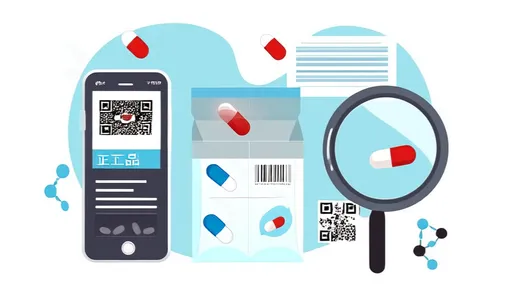
By /Jul 28, 2025
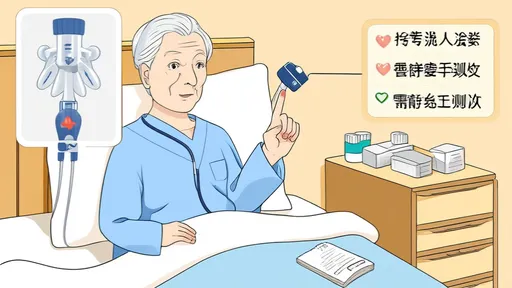
By /Jul 28, 2025